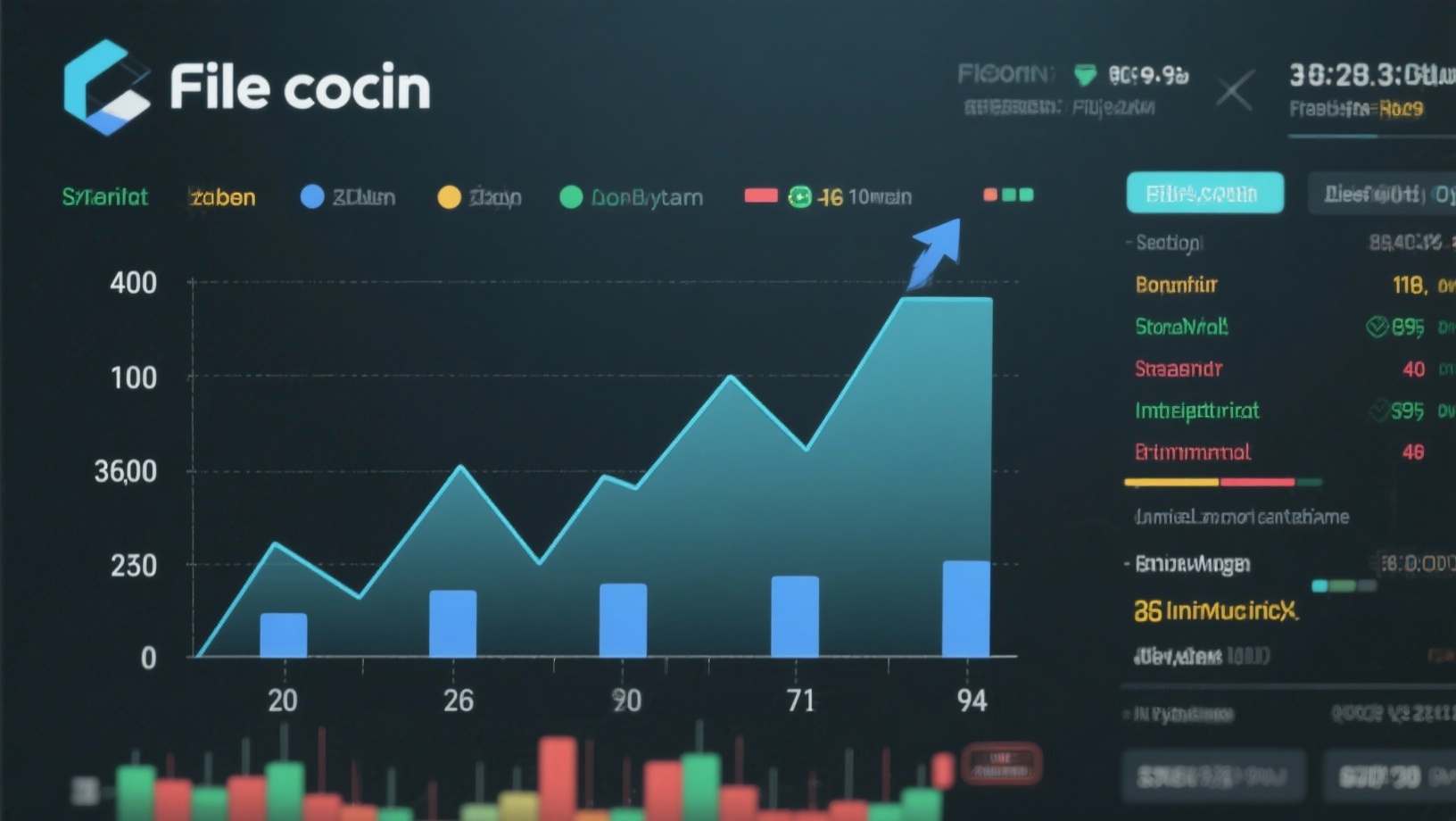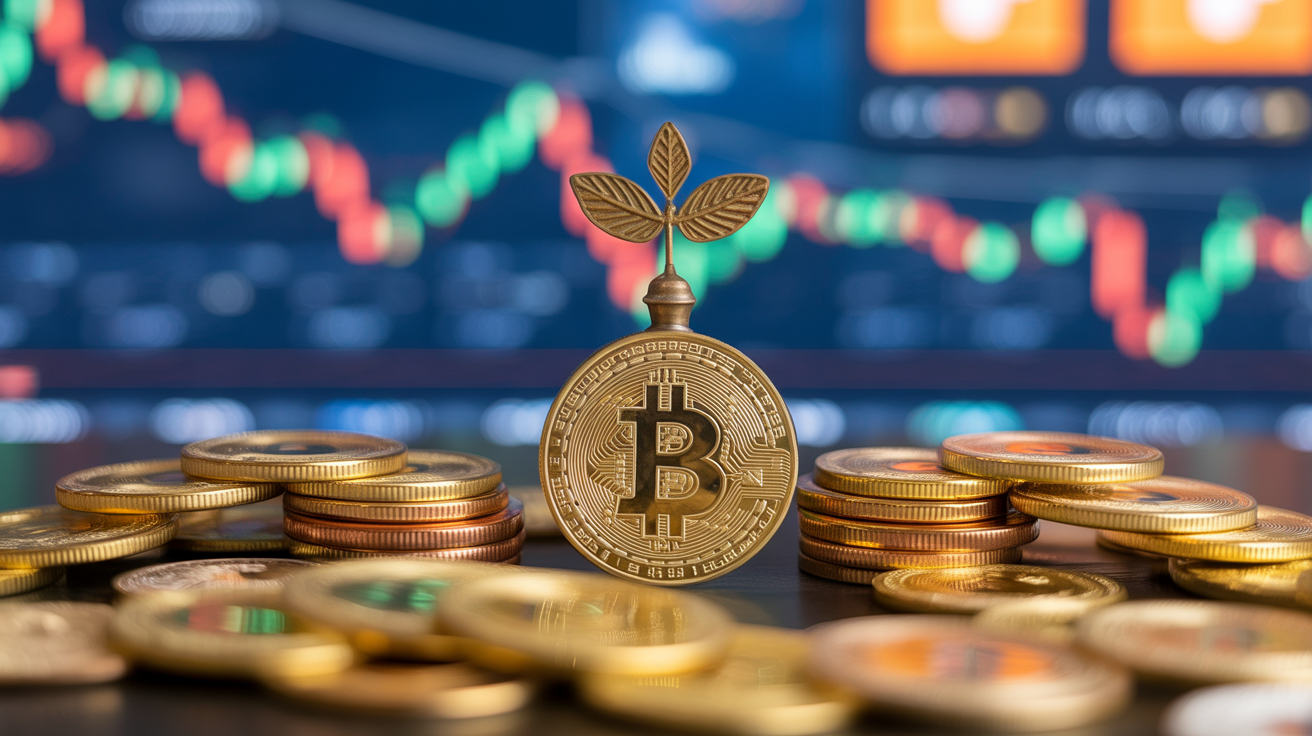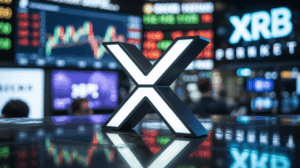Japan’s Yen-Backed Stablecoin Aims to Become Asia’s First Globally Integrated Digital Currency
Japan’s JPYC Launch Marks Asia’s First Truly Global Yen Stablecoin
Japan has achieved what other Asian economies have only attempted — a fiat-backed stablecoin that can circulate globally. The new JPYC token, fully redeemable in yen and backed by domestic deposits and Japanese government bonds (JGBs), represents a major step toward integrating traditional finance with digital currency infrastructure.
Why Japan Could Do What Others Can’t
Unlike South Korea’s won or Taiwan’s dollar, which are confined to onshore markets by strict capital controls, the yen is freely convertible. That status stems from reforms in the 1980s that opened Japan’s capital account and created the offshore “euro-yen” market, where banks and institutions trade yen across borders without restriction.
That freedom gives JPYC global reach from day one — an advantage no other Asian fiat stablecoin can claim.
A Stablecoin With a Sustainable Model
JPYC said it will not charge transaction fees; instead, its revenue will come from interest earned on JGB holdings. With Japanese government bond yields now exceeding 3% on the long end, the timing of the launch aligns well with the stablecoin’s reserve-based sustainability.
The issuer’s model contrasts with most U.S. dollar stablecoins, which rely heavily on treasury yields or speculative growth to fund operations.
Regional Comparisons: Why Others Are Constrained
South Korea’s monetary policy keeps the won strictly domestic, effectively preventing the creation of a global KRW stablecoin. Any such token would be limited to regulated Korean platforms and offer little advantage over existing real-time interbank systems.
Taiwan faces a similar issue. Its June 2025 stablecoin framework mandates full onshore reserves and prohibits cross-border flow, ensuring that any NTD stablecoin remains confined to local markets.
Even Hong Kong — with its open capital markets — offers limited appeal. The HKD’s peg to the U.S. dollar effectively makes it redundant as a separate stablecoin, since USD tokens already dominate Asian settlements.
The Yen’s Global Edge
Japan’s openness to international yen use gives its stablecoin genuine cross-border functionality. JPYC can move seamlessly between domestic banking networks and global on-chain markets, allowing it to serve both retail payments and institutional settlement.
This level of interoperability could make JPYC the first Asian stablecoin with real-world global utility — not just a domestic pilot.
Potential for an On-Chain FX Market
The introduction of JPYC also opens the door for a tokenized USD/JPY market, pairing two of the most traded currencies in the world. According to BIS data, global FX turnover averages around $7 trillion daily, with the yen featuring in nearly 17% of all trades.
If both yen- and dollar-pegged stablecoins gain liquidity and redemption depth, a decentralized on-chain FX market could emerge — offering real-time settlement and programmable cross-currency flows.
Adoption Still an Open Question
Despite its advantages, demand for a yen-backed token remains uncertain. The euro has long had compliant, widely usable stablecoins, yet adoption has been modest and market caps remain small.
JPYC’s success will depend on whether traders, DeFi protocols, and payment networks find value in a second major fiat token alongside the dollar.
Still, Japan’s move stands as a breakthrough for Asia — a signal that the region’s largest advanced economy is ready to bridge traditional liquidity and digital finance on a global scale.
Share this content:













